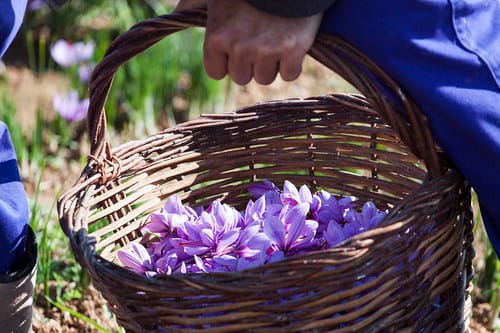20% of the domestic market share is from saffron production
Ali Hosseini, a member of the presidium of the National Saffron Council, said about the decrease in the price of saffron: Last year, we expected to produce more than 450 tons of saffron, but the statistics published by the Ministry of Jihad for Agriculture was about 430 tons.
November is the saffron harvest season and it usually occurs in some rainy or cold places during this month. For this reason, last year, part of the saffron flower was destroyed due to rain, and as a result, saffron harvest was reduced.
In the 60’s, the country’s saffron production may have been around 30 tons, but now this amount has increased to more than 400 tons.
Most saffron is exported because it is export-oriented. The share of domestic consumption in production is at least 10% and at most 20% and the share of exports is 80 to 90%. About 50 countries are also our export targets, our main buyers are Hong Kong, UAE, Spain, Germany, France, Italy and Vietnam, and among these countries, Hong Kong, UAE and Spain are the main buyers.
Because China has imposed heavy tariffs on the import of Iranian saffron, Iranian saffron is first taken to the Ganges Regiment and then smuggled to China; So it can be said that 60 to 70 tons of Iranian saffron goes indirectly to China annually and no action is taken. The same is true of Indian markets, of course; So that Iranian saffron first goes to Afghanistan and the UAE and then leaves the Indian market. Because India has also imposed heavy tariffs on Iranian saffron.
More than half of Iran’s saffron exports are to China and India. Exports that unfortunately go to the smugglers and do not benefit the farmers. Even Chinese brokers roam the villages of Iran and buy saffron. Nowhere in the world is this business model popular.
If the markets for Iranian saffron buyers in the world are not supplied, the product will settle in the domestic market and we will face a decrease in price. Our forecast is that if the export process is slow and does not accelerate and the current situation we are facing, the price of saffron will decrease.
Currently, the price of saffron is at least 6 million to a maximum of 10 million tomans, which is expected to fall as this trend continues.







Get Social